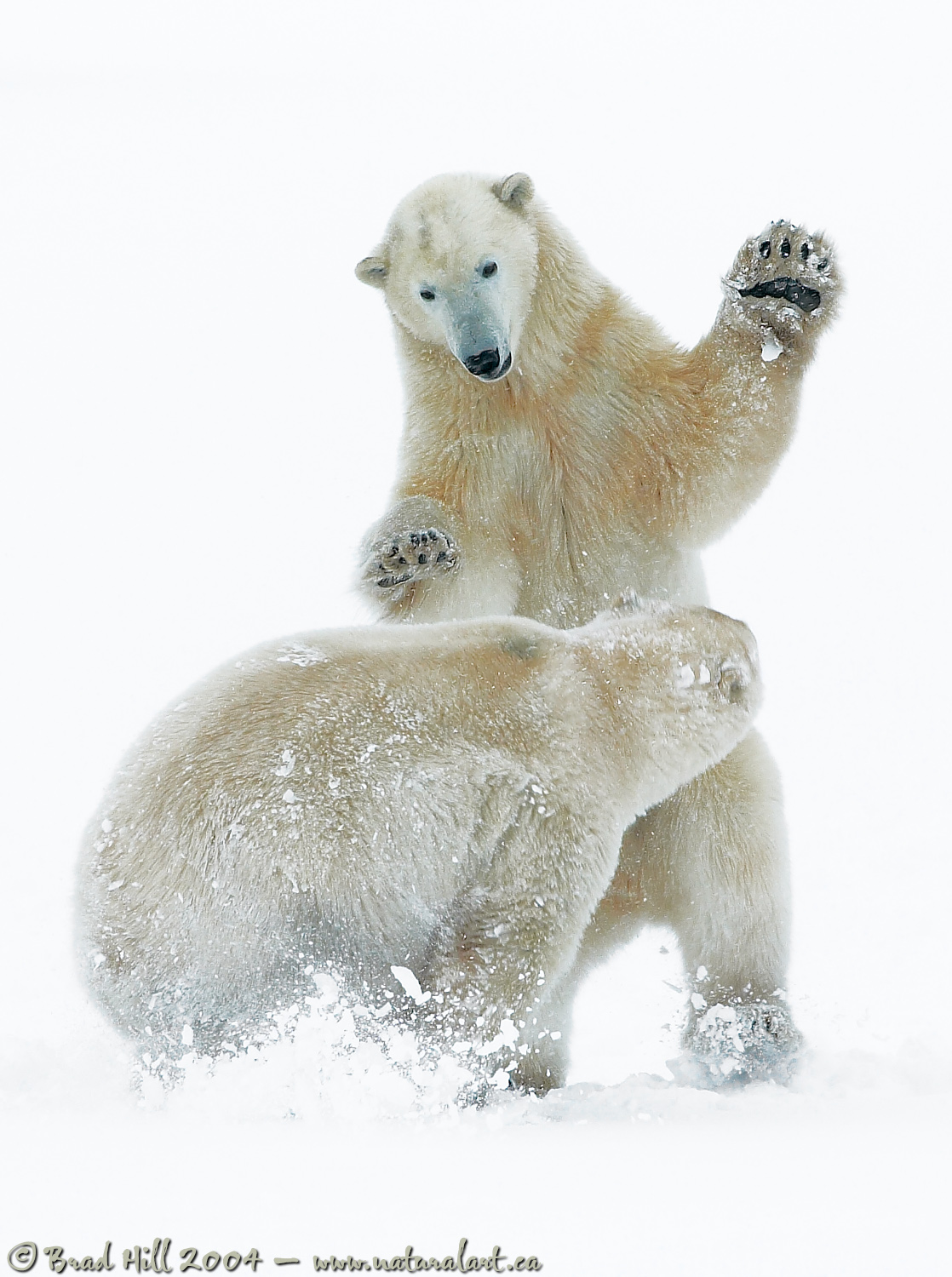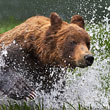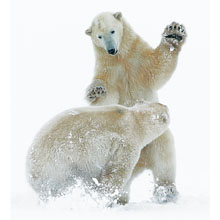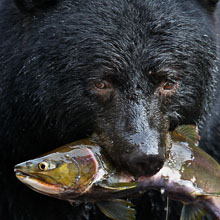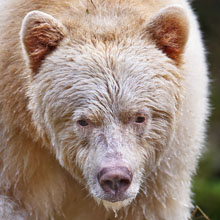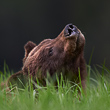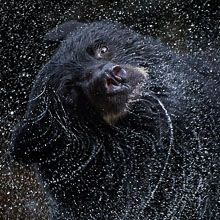Availability: Limited Edition Print
In the Field
Spirit of the Tundra. Cape Churchill, MB, Canada. October 24, 2004.
This was an amazing moment! Initially, watching these two Polar Bears spar from the relative comfort and warmth of our tundra buggy was a very civilized experience. When they moved to the rear of the vehicle I went out onto the rear observation deck to catch the action. It was well below zero and the wind was howling - it was rapidly turning into a real arctic experience! I shot for a good 20 minutes in near whiteout conditions (the complete lack of background is natural and NOT a product of digital manipulation!). When I returned inside, I noticed that my lens hood was nearly completely full of drifted snow! Luckily, I had managed to capture this image, which, at least to me, captured the near spiritual quality of these magnificent animals.
ADDITIONAL NOTES:
1. This image - in all resolutions - is protected by copyright. I'm fine with personal uses of them (including use as desktop backgrounds or screensavers on your own computer), but unauthorized commercial use of the image is prohibited by law. Thanks in advance for respecting my copyright!
2. Like all wildlife photographs on this website, this image was captured following the strict ethical guidelines described in The Wildlife FIRST! Principles of Photographer Conduct. I encourage all wildlife photographers to always put the welfare of their subjects above the value of their photographs.
Behind the Camera
Spirit of the Tundra. Cape Churchill, MB, Canada. October 24, 2004.
Digital Capture; Compressed RAW (NEF) format; ISO 200.
Nikon D2H with Nikon 200-400 mm f/4G ED-IF AF-S VR lens @ 360 mm (540 mm equivalent with digital conversion factor) supported on bean bag.
1/500s @ f5; +1 stop exposure compensation from matrix-metered exposure setting.
At the Computer
Spirit of the Tundra. Cape Churchill, MB, Canada. October 24, 2004.
RAW Conversion to 16-bit TIFF, including first-pass sharpening, using Phase One's C1 Pro.
All further digital correction using Adobe's Photoshop CS, including selective mid-tone contrast adjustment (using Photoshop's Shadow/Highlight tool), selective saturation enhancement, and selective sharpening for web output.
Conservation
Spirit of the Tundra. Cape Churchill, MB, Canada. October 24, 2004.
Ten percent of the revenue generated by this image will be donated to the Yellowstone to Yukon Conservation Initiative.
Species Status in Canada*: Special Concern (November 2002).
Polar Bears (Ursus maritimus) are the largest terrestrial carnivores on the planet and the most carnivorous of all bears. They are highly specialized and feed almost exclusively on Ringed Seals. Polar Bears hunt their prey from ice sheets and are dependent upon these ice sheets for their survival.
Like any highly-specialized organism, Polar Bears are highly susceptible to habitat alteration. Climate change - natural or human-induced - is probably the greatest long-term threat to Polar Bear survival. The longer ice-free seasons experienced in the southern reaches of their distribution is already making it difficult for them to hunt.
The Yellowstone to Yukon (Y2Y) Conservation Initiative seeks to ensure that the world-renowned wilderness, wildlife, native plants, and natural processes of the Yellowstone to Yukon region continue to function as an interconnected web of life, capable of supporting all of its natural and human communities, for current and future generations.
For more information on the status of Polar Bears in Canada, go to: http://www.speciesatrisk.gc.ca and search under "Polar Bears".
*as determined by COSEWIC: The Committee on the Status of Endangered Wildlife in Canada












